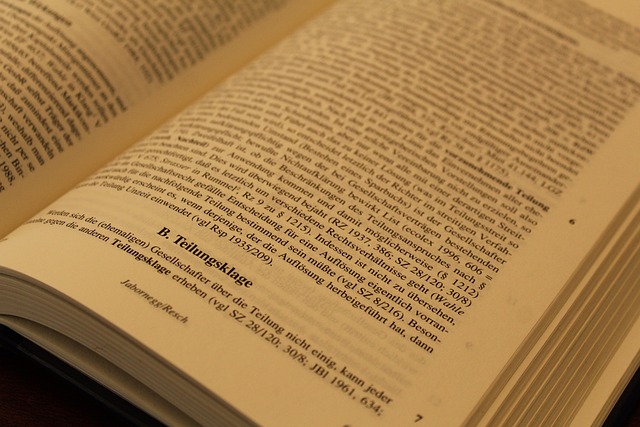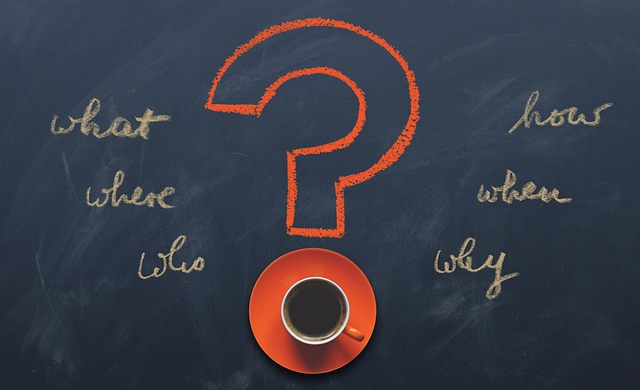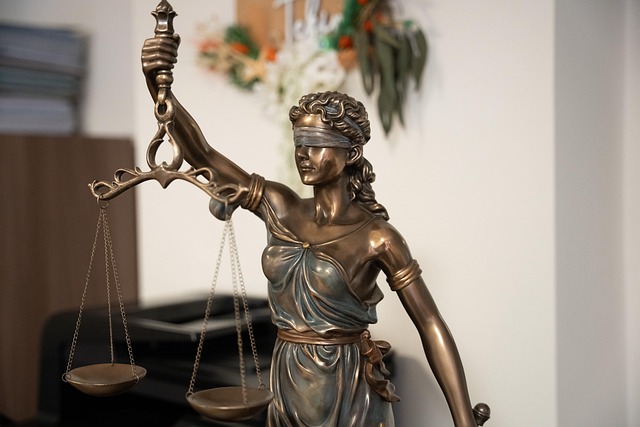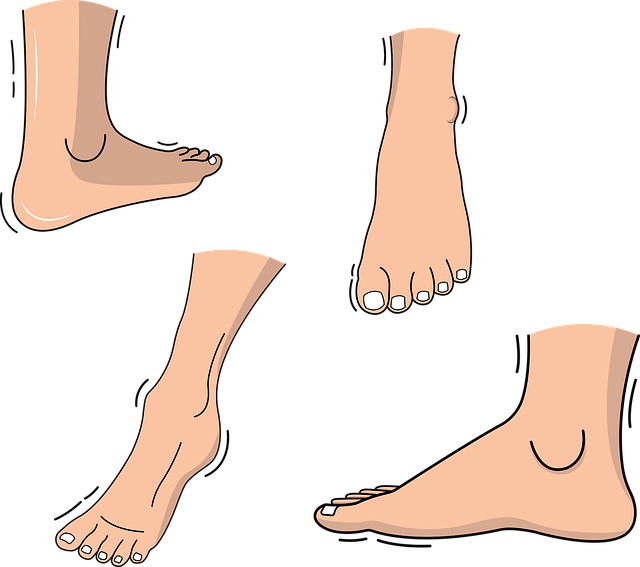Slip and fall injuries on someone else's property can lead to significant legal implications, including accident compensation. To pursue this, gather essential evidence like medical reports, witness statements, and photos of the incident site to establish liability due to contract breach or negligence. Severe cases may result in wrongful death claims. Immediate priority after such incidents should be personal safety and seeking medical attention. Documenting the event, including taking photos, noting details, and gathering witness information, is crucial. Engaging healthcare professionals for evaluations and consulting legal experts can strengthen compensation claims by ensuring thorough documentation and guidance through potential disputes.
Slip and fall injuries can lead to significant compensation claims. Understanding the legal implications and documentation requirements is crucial for successful claims. This article guides you through the process of documenting slip and fall incidents, from identifying legal obligations to overcoming common challenges. Learn how to gather evidence, record details accurately, and present a compelling case. By following these steps, you enhance your chances of securing the compensation you deserve for slip and fall injuries.
- Understanding Slip and Fall Injuries: Legal Implications and Documentation Requirements
- The Step-by-Step Process of Documenting Slip and Fall Incidents for Compensation Claims
- Common Challenges in Slip and Fall Injury Documentation and How to Overcome Them
Understanding Slip and Fall Injuries: Legal Implications and Documentation Requirements
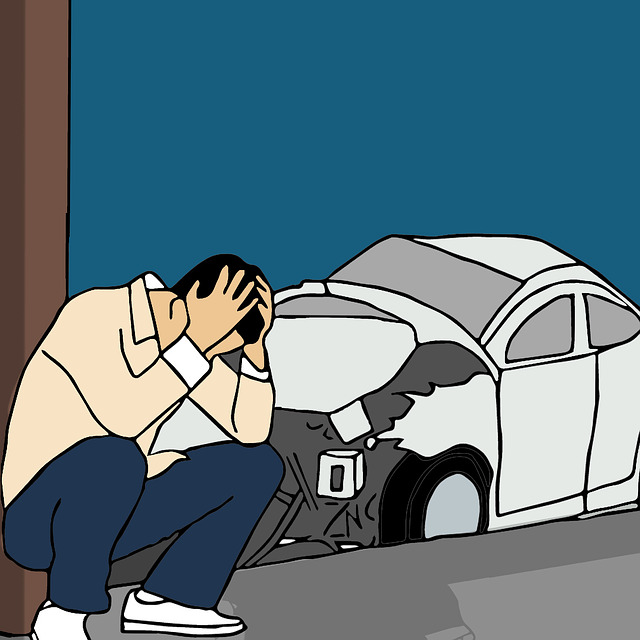
Slip and fall injuries can have significant legal implications, especially when they occur on someone else’s property. If such an accident leads to physical harm or property damage, understanding the documentation requirements is crucial for pursuing accident compensation. The first step involves gathering evidence such as medical reports, witness statements, and photos of the incident site. These documents play a vital role in establishing liability, which could result from a breach of contract or negligence on the part of the property owner.
In addition to these practical considerations, it’s important to note that severe slip and fall injuries may even lead to wrongful death claims if they result in fatal accidents. Proper documentation ensures that victims’ families have the necessary proof to support their case when pursuing compensation for their loss.
The Step-by-Step Process of Documenting Slip and Fall Incidents for Compensation Claims
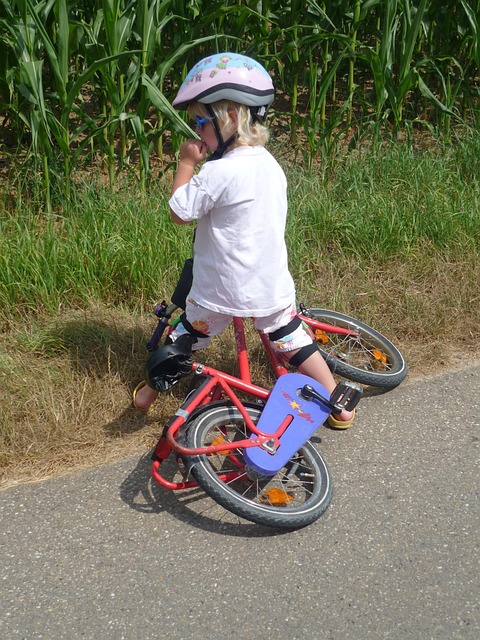
After a slip and fall incident, documenting the event thoroughly is essential for any compensation claim. The process begins with immediate personal safety and seeking medical attention if needed. Once secured, take photos of the hazardous condition that caused your fall—this could be a slippery floor, uneven pavement, or poor lighting. Note down details like the date, time, and location of the incident. Collect contact information from any witnesses present.
Next, document your injuries through photographs and medical records. Keep detailed records of treatments, prescriptions, and appointments related to your slip and fall injuries. These documents are crucial in proving the extent of your harm during compensation claims. Additionally, review your circumstances for any potential fiduciary duty breaches or employment disputes. For example, if you’re an elderly resident in a nursing home facing elder law issues due to neglectful care, these details can strengthen your claim.
Common Challenges in Slip and Fall Injury Documentation and How to Overcome Them

Documenting slip and fall injuries can be a complex process, presenting several challenges for individuals seeking compensation. One common hurdle is the lack of tangible evidence; since these incidents often occur suddenly, witnesses may be scarce, and visible proof could be limited to minor scuffs or bruises. To overcome this, victims should prioritize capturing immediate medical records, taking detailed photos of the fall scene, and gathering contact information from any present bystanders.
Another challenge lies in quantifying the extent of injuries, especially with soft tissue damage, which may not show up on standard scans. In such cases, a thorough medical evaluation is crucial. Engaging with a qualified healthcare professional who can provide comprehensive documentation, including detailed reports and treatment plans, will strengthen the compensation claim. Additionally, consulting with an experienced car accident attorney or legal expert in personal injury cases can help navigate partnership disputes or medical malpractice allegations that might arise during the claims process.
Documenting slip and fall injuries thoroughly is paramount to ensuring a successful compensation claim. By understanding the legal implications, following a structured process, and addressing common challenges, individuals can navigate the complexities of these incidents effectively. Remember, detailed records, including medical reports, witness statements, and photographic evidence, are essential in building a compelling case for slip and fall injuries.
